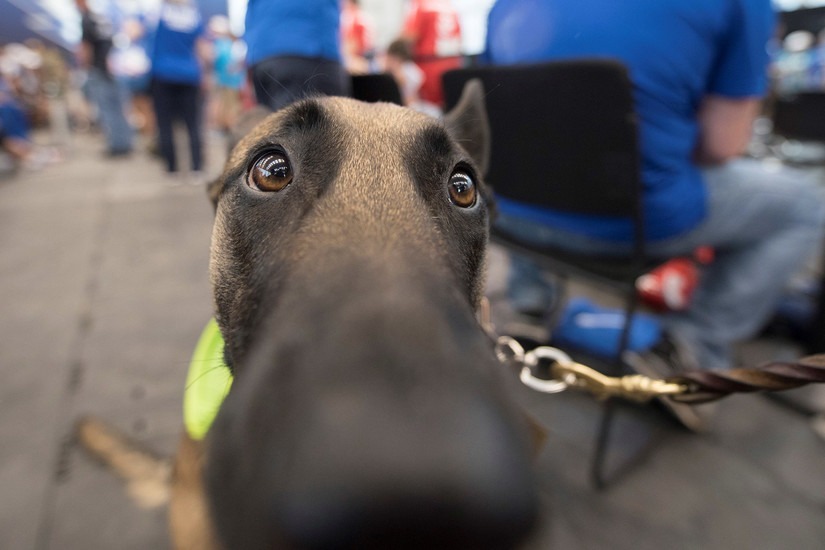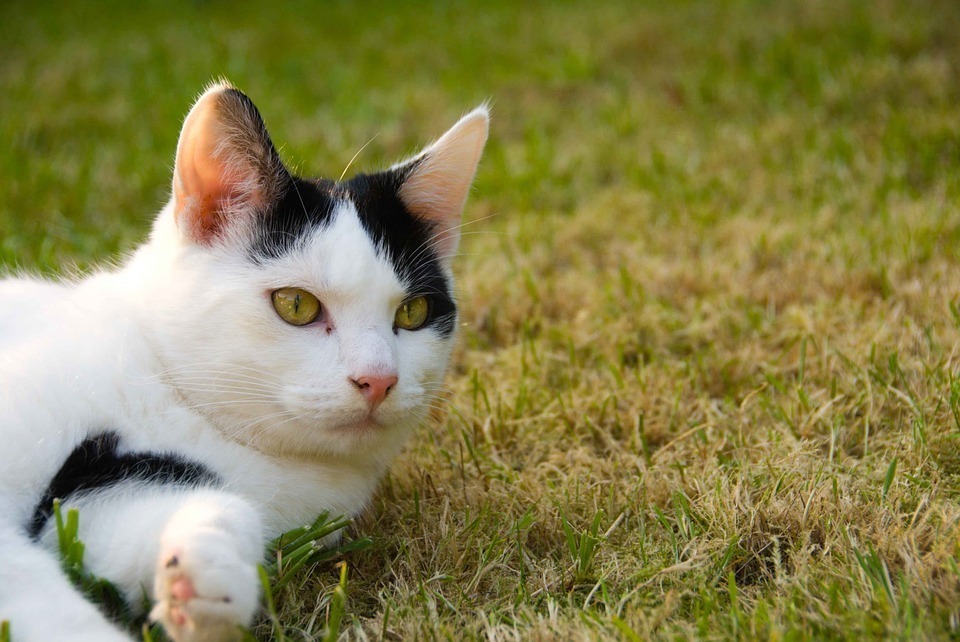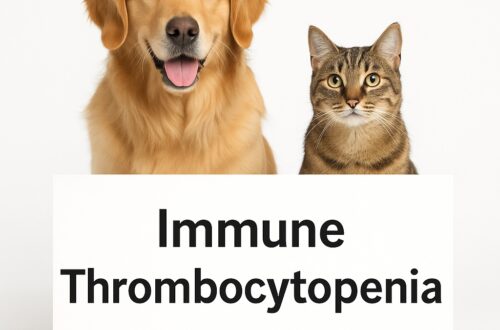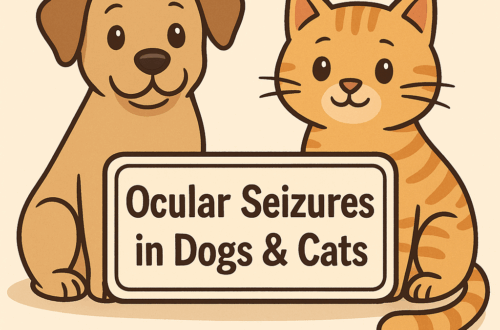With recent devastating wildfires in California, my social media newsfeed has been filled with tragic stories, including those of animals who perished in the flames and smoke. Indeed, smoke inhalation can be deadly to both humans and pets, alike. This week I wanted to shed some light on this topic to increase awareness. Happy reading!

Smoke Inhalation – What happens when smoke is inhaled?
Pets are most commonly exposed to smoke encountered in house fires. The smoke is hot and contains several irritants and toxic gases. The two most common toxic gases are carbon monoxide and hydrogen cyanide. Damage to the airways occurs via three major mechanisms:
- Interference with oxygen transportation in the body
- Direct irritant damage to respiratory tract
- Thermal injury to respiratory tract

Oxygen is carried throughout the body bound to a molecule called hemoglobin. Carbon monoxide binds to hemoglobin too, thus competing with oxygen. In fact, hemoglobin actually prefers to bind carbon dioxide than oxygen (~240x more!). When this happens, a chemical called carboxyhemoglobin forms and prevents adequate oxygen transportation in the body. Furthermore, the small amount of oxygen that is able to bind has a harder time breaking away from hemoglobin to be used by tissue.
Hydrogen cyanide prevents the body from utilizing oxygen properly during a process called oxidative phosphorylation. Tissues are forced to try to function in the absence of oxygen, a process called anaerobic metabolism. This situation leads to a rapid depletion for cells, resulting in marked dysfunction.
Other chemical irritants in smoke can cause direct damage(i.e.: chemical burns) in the respiratory tract. With such damage, airways secrete excessive amounts of mucus and even constrict to compromise airflow. Some irritants can even inactive a chemical in the lungs called surfactant.Surfactant’s job is to keep alveoli (areas of oxygen exchange between the lungs and bloodstream) open. When inactivated, these air exchange areas collapse.Lastly, smoke is hot, and the heat can directly damage airway tissue to cause swelling(edema) and inflammation that may result in a partial or complete airway obstruction.
Smoke Inhalation – What does it look like?
Patients affected by smoke from house fires often injuries to many organ systems that cause a variety of clinical signs, most notably:
- Respiratory system: coughing, gagging, difficulty breathing, abnormal airway noises, elevated respiratory rate, nasal discharge, cherry-colored gums
- Neurological system: weakness, ataxia (unsteadiness while walking), agitation, seizures, stupor, coma
- Eyes: elevated 3rd eyelid, eyelid spasm, corneal ulceration, conjunctivitis
- Skin: soot-covered hair coat, singed hair and whiskers, burns
- Gastrointestinal tract: blistering in the mouth, ptyalism (excessive drooling), vomiting
Smoke Inhalation – How is it diagnosed?
Diagnosis is relatively straightforward. Pets are presented to veterinarians either by their families or first responders with a known history of exposure to smoke. Some physical examination findings – including coughing, breathing difficulties, soot-covered fur, and burns, are highly supportive of smoke inhalation if a patient’s exposure history is not definitively known.
Veterinarians will perform some logical non-invasive tests to assess how severely affected a patient is, including:
- Complete blood count – blood test to evaluated white blood cells, red blood cells, and platelets
- Biochemical profile – blood test to evaluate major organ systems like the liver and kidneys, as well as electrolytes like sodium and potassium
- Urinalysis – urine test to help assess kidney function and to screen for inflammation and/or infection in the urinary tract
- Pulse oximetry – non-invasive test that assesses the percentage of hemoglobin saturation with oxygen; interestingly, pulse oximetry values can be normal in patients with carboxyhemoglobin
- Chest radiographs (x-rays) – a diagnostic imaging test used primarily to evaluate the lungs; it’s important to note it can take 48-72 hours for radiographic changes to the lung to appear
- Electrocardiography (ECG/EKG) – a non-invasive test to evaluate the electrical rhythm of the heart that can be damaged due to reduced oxygen availability
- Carboxyhemoglobin levels – blood test to measure carboxyhemoglobin levels in blood; any value >15% is indicative of toxicity
Smoke Inhalation – How is it treated?
Upon presentation, veterinary teams will provide an affected pet with supplemental oxygen. Often times, this is provided by placing a face mask over their muzzle. Other methods of providing supplemental oxygen include oxygen cages, nasal cannulas, and modified Elizabethan collars. Severely affected patients may require a tracheostomy and/or mechanical ventilation. Such patients are best cared for by board-certified veterinary emergency and critical care specialists.

Fluid therapy is essential to ensure tissues are hydrated and blood is able to flow properly to deliver oxygen to them. Various airway medications and therapies (i.e.: nebulization) are used to reduce inflammation and dilate airways to allow maximal delivery of oxygen to the lungs. Some drugs(i.e.: sodium thiosulfate, hydroxycobalamin) can be administered to specifically counteract the effects of hydrogen cyanide. Of course, appropriate pain medications should be provided to ensure patients are as comfortable as possible.
With prompt aggressive therapy, the vast majority of pets without skin burns make a meaningfully positive recovery. Indeed, survival rates of 90% have been documented. Patients with skin burns and acute neurological signs secondary to smoke inhalation have poorer prognoses.
The take-away message about smoke inhalation in dogs & cats…
Unfortunately, house fires happen and our pets can be life-threateningly affected. The smoke affects many organ systems, particularly the respiratory tract. With timely and appropriate intervention, the prognosis for most patients is good.
To find a board-certified veterinary emergency and critical care specialist, please visit the American College of Veterinary Emergency and Critical Care.
Wishing you wet-nosed kisses,







